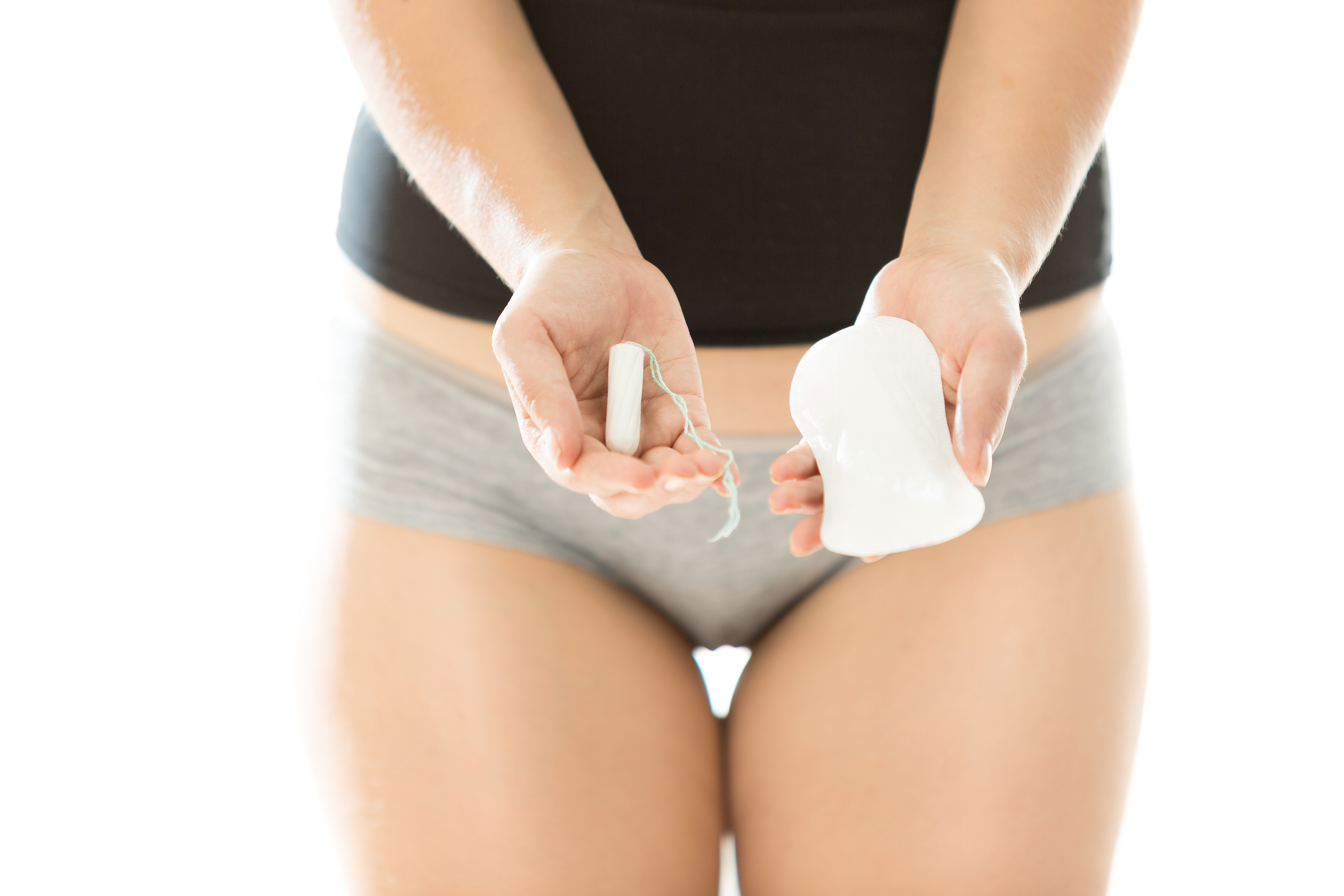"Mammary Fissure" refers to the unequal cracking of the nipple and areola, also known as "nipple fissure" or "nipple rupture". This disease is a common condition among lactating women, especially primiparas. It often causes redness, swelling, and pain in the nipples, areolas, and even the breasts. The main symptoms include cracked or ulcerated skin on the nipples and areolas, severe pain that feels like being cut by a knife, recurrent episodes that linger and do not heal, and in some cases, the condition only improves after breastfeeding is stopped. Although this condition may seem minor, its significant pain and impact on breastfeeding can lead to the development of mastitis, making it a major concern for new mothers. Some women experience recurrent nipple fissures during breastfeeding, causing extreme discomfort.
Traditional Chinese medicine has shown good effectiveness in treating this condition. Gao Bingjun, in his book "Yangaokexinji" from the Qing Dynasty, provides a detailed analysis of the clinical manifestations, causes, and treatments of mammary fissure. He states, "Mammary fissure is caused by excessive anger and depression, where the fire path of the liver cannot be relieved. It occurs both before and after childbirth." He also suggests, "Internally, take modified Xiaoyao powder; externally, apply powdered Dahurian Angelica and mature milk to the affected area."
According to traditional Chinese medicine, the cause of this disease is liver damage due to excessive anger or depression, leading to stagnation of liver Qi and the long accumulation of fire. It can also be caused by damp-heat stagnation in the liver meridian, which then manifests externally on the nipple and skin. Since the nipple is associated with the liver in women, an overabundance of liver fire can easily lead to this condition. Additionally, the soft and delicate nature of nipple skin makes it vulnerable to biting during teething, especially if the mother has congenital nipple deformities (such as flat or inverted nipples), insufficient milk secretion, or if the infant has difficulty sucking and resorts to forceful sucking and chewing, causing damage to the nipples.
The clinical manifestations include peeling of the skin on the nipples and areolas, resulting in varying sizes of cracks, both shallow and deep. In severe cases, circular cracks can form around the base of the nipple. The cracks secrete an oily substance, which dries and forms yellow crusts. Dry and painful symptoms occur, making it unbearable when the infant sucks the nipple, feeling like being cut by a knife. Due to the fear of pain, the mother may refuse to breastfeed, leading to the accumulation of milk and the development of breast lumps and subsequent breast abscess. In some cases, the nipple may become extremely ulcerated, or the areola may ooze with oily fluid, causing itching and pain. Some patients may request to stop breastfeeding due to the significant pain.
Treatment primarily focuses on external methods, as many topical herbal medicines have proven to be very effective in promoting wound healing. Qingdai ointment or Qingchui Kou oil ointment can be applied externally. Alternatively, Shengji San mixed with lard or sesame oil can be used as a dressing, or a mixture of Coptis chinensis and Dahurian Angelica can be applied with camphor oil or honey. There is also a simple and effective homemade method using egg yolk oil. The preparation method is straightforward: boil a chicken egg in water, remove the egg white, and place the yolk in a frying pan or stainless steel spoon to make oil over low heat. Apply an appropriate amount of egg yolk oil to the damaged area of the nipple and areola.
In most cases, simple external treatment is sufficient for a complete cure. However, in severe or recurrent cases where external treatment alone is ineffective, internal treatment may be combined. The treatment is based on two types of patterns: liver stagnation transforming into fire and damp-heat in the liver meridian. Liver stagnation transforming into fire is characterized by cracked and dry skin on the nipples, bleeding when touched, a pointed red tongue, thin yellow coating, and a wiry and rapid pulse. The treatment principle is to clear the liver and resolve stagnation, which can be achieved with modified Danzhi Xiaoyao powder. Damp-heat in the liver meridian is characterized by ulcerated skin on the nipples, oozing oily fluid or forming yellow crusts, intense pain, and concurrent damp sores on the areola. The tongue is red with a yellow and greasy coating, and the pulse is wiry and rapid. The treatment principle is to clear the liver, promote urination, and resolve dampness, which may be achieved with Longdan Xiegan Decoction.
Prevention and nursing care are crucial for this condition. For those with congenital nipple invagination, regular traction or the use of correction devices is recommended. If the nipple invagination is not severe, it can be corrected completely through manual traction or the use of correction devices. If complete correction is not achieved and the nipples continue to invert during breastfeeding, a breast pump can be used to extract milk for infant feeding. During breastfeeding, the nipples should be completely inserted into the baby's mouth to avoid biting. After breastfeeding, it is important to clean the nipples, keep them dry, and avoid abrasions. If the nipples are cracked, direct breastfeeding should be stopped, and milk can be expressed using a breast pump for feeding. With early prevention and timely care, the recurrence of the disease can be effectively prevented, or the condition can be cured in the early stages.




